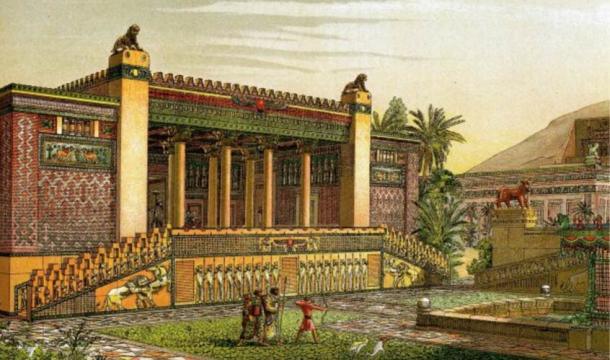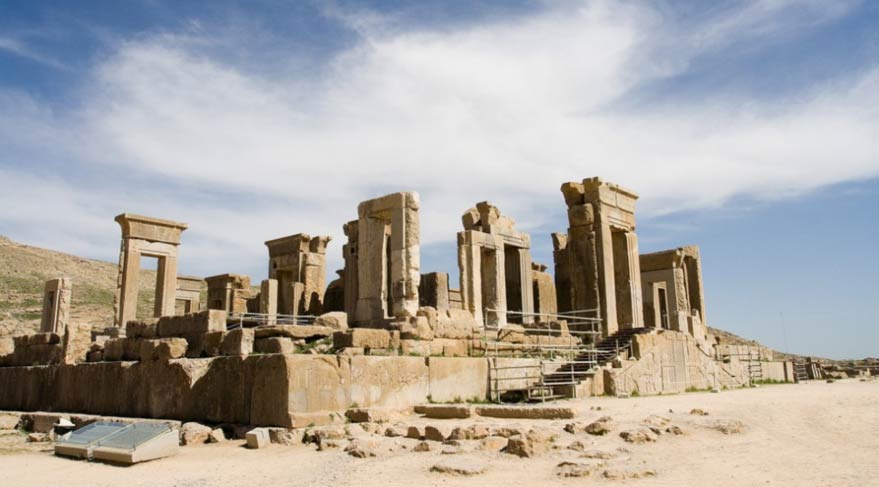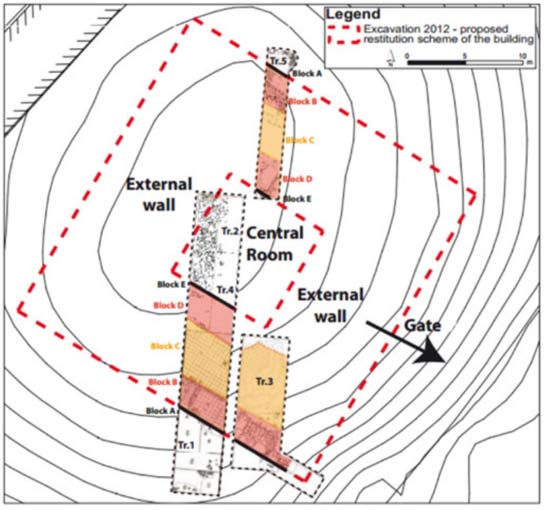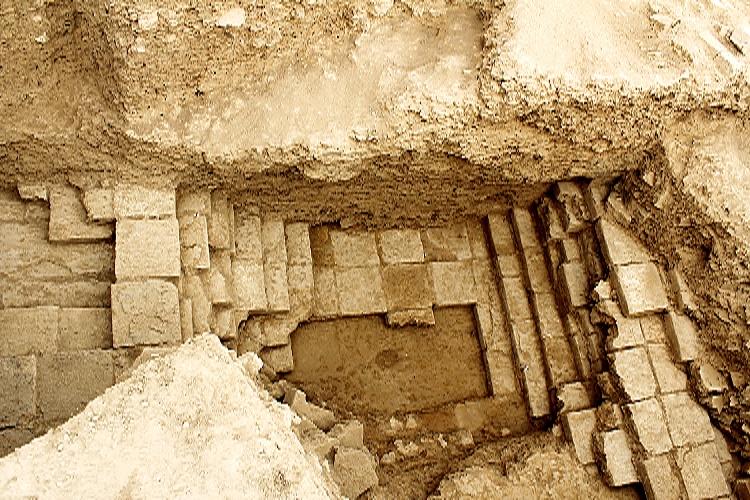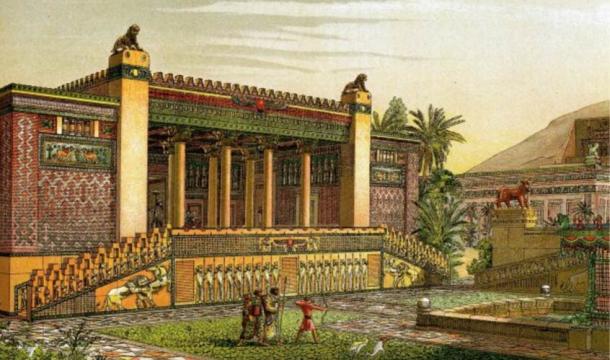The report below by April Holloway regarding the excavation of a large ancient gate at Persepolis appeared in the Ancient Origins outlet (November 17, 2014). Reports of these findings also appeared in Mehr News.
=============================================
A view of the 2500-year old city-palace of Persepolis in Iran (Ancient origins & Ivar Husevåg Døskeland)
Excavations at Persepolis, a magnificent palace complex in Iran founded by Darius the Great around 518 BC, have uncovered a great ancient gate in Tale-Ajori, within the Firouzi Complex. Even older than Persepolis itself, Tale-Ajori lies 3,500 meters outside the city and is of great significance for understanding the Achaemenid Empire. The glazed bricks of the site reveal much about the mythology of the era, while the discovery of the new gate may shed new light on the role Tale-Ajori played within this ancient landscape.
According to Mehr News, the finding of the gate was made by a joint Iranian and Italian expedition team, who carried out excavations over the last two months in the area of the Firouzi Complex, which they believe was part of a city relevant to the royal seat in Persepolis. Tole-Ajori itself is an ovoid mound 80 meters (260 feet) long and 60 meters (200 feet) wide, and is believed to be the site of a single large building, although its original function is still unknown.
General sketch map of the structural architectural of Tale-Ajori (meaning ‘Bricks Hill’) (P. Callieri & S. Gondet; Ancient origins)
Archaeologist Alireza Askari Chavardi told Mehr News:
“The remains of Achaemenid ascendancy near Firouzi village has only gradually attracted interests of the archaeologists who studied the areas surrounding the royal seat to locate the Royal Sacred Place in the broader limits of the city for nearly 100 years”.
Through the combination of excavations and geophysical surveys, the research team has been trying to piece together the spatial layout across the 10 hectares of archaeological sites near Tale-Ajori, as well as the conceptual links between the royal construction and the surrounding buildings.
As noted further by Chavardi:
“One of the most important sections of the region immediately leading to Persepolis is the north-western part of the royal seat which is also called Firouzi Complex, on where the studies conducted by archaeological expeditions have been focused, is where now lies the relics of a famous monument called Tale-Ajori”
A section excavated at Tale-Ajori (meaning ‘Bricks Hill’). (financialtribune.com; Ancient Origins)
Chavardi explains:
“The most important findings of this season of excavations are 30 pieces of glazed bricks adorned with images of winged animals, incorporating mythic beasts of Elamite and Achaemenid eras in the tradition not unlike traditions of Shusha and Mesopotamia in south-western Iran…The outer parts and the great hall of the gate of this section of Parseh are decorated with colorfully glazed bricks, and thousands of pieces of bricks”
Persepolis was founded by Darius the Great in 521 BC, and was the dynasty’s political and religious capital up to the decline of the empire in 331 BC. It sits within a large urban landscape of Achaemenid palaces, monuments, and buildings extending across 600 hectares. The wealth of the Persian empire was evident in all aspects of its construction. The splendor of Persepolis, however, was short-lived, as the palaces were looted and burned by Alexander in 331-330 B.C.

